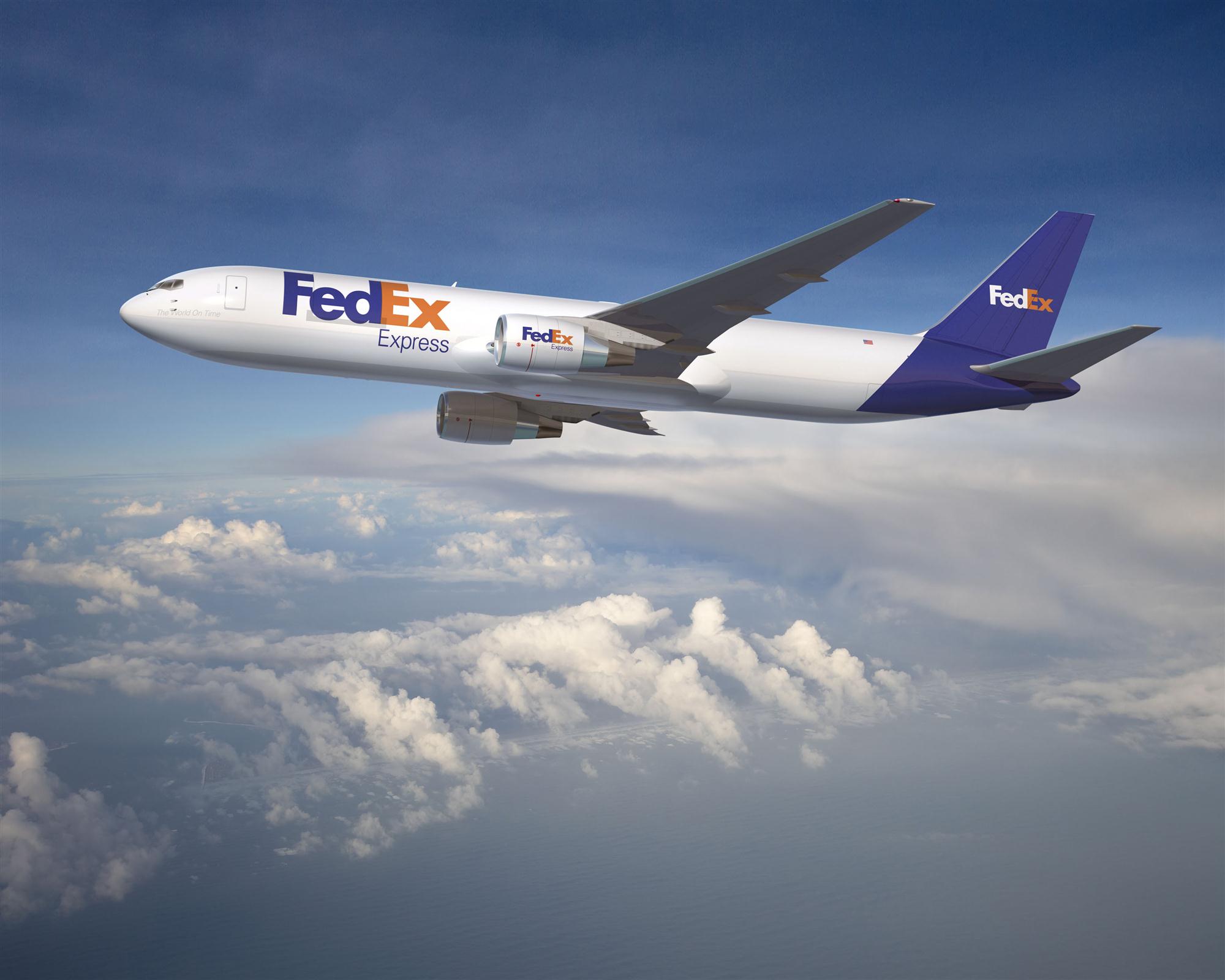While Amazon is ratcheting up its freighter fleet with arrangements for a slew of narrowbody planes to carry its parcels, FedEx is struggling to regain altitude. The integrator’s most recent results suggest that the company is limping in the slow lane as it grapples with several challenges.
When it tabled the results for the quarter ended February 28, FedEx management revealed that it was way off the pace it had anticipated.
“Our third quarter financial results were below expectations,” acknowledged FedEx founder, chairman and CEO Fred Smith. The board’s fiscal 2019 plan had envisaged topline revenue growth of about US$6 billion, but in light of lower economic growth it has scaled this down to US$4.5 billion, he said.
Revenue in the quarter was up 3% to US$17 billion, whereas net profit declined from around US$1 billion a year earlier to US$797 million. The flagship FedEx Express unit posted a 1% decline in revenues to US$9 billion, which management attributes to an increase in low-yield international services and, to a lesser extent, exchange rates.
“Slowing international macroeconomic conditions and weaker global trade growth trends continue, as seen in the year-over-year decline in our FedEx Express international revenue,” said executive vice-president and CFO Alan Graf.

Some pundits are not convinced that weaker global trade and a shift to lower yielding services are the full story of FedEx’s decline. Dean Maciuba, director of consulting services at Logistics Trends & Insights (LT&I), suspects that the global headwinds provide some cover for other problems that FedEx is struggling with. Recent results from UPS suggest that the Atlanta-based integrator fared better through the peak season than its rival from Memphis, he remarked.
Cathy Morrow Roberson, founder and head analyst of LT&I, agreed that some of the FedEx results suggest that the company is faced with some internal issues, not just a weaker global economy. She added that the shift in parcel traffic should not have caught management by surprise.
The abrupt departure of FedEx president and COO Dave Bronczek, a 42-year company veteran, in February sparked a flurry of speculation. FedEx made a statement that he had made a personal decision.
Maciuba figures that the integration with TNT, which was aggravated by the computer virus attack that crippled the European express firm in 2017, has been a major distraction for FedEx that has gone on longer than anticipated.
After the release of the quarter results, newly appointed president and COO Rajesh Subramaniam reported that the operational integration was complete in the US, Canada and the Middle East, but only 35% of the firm’s international stations were integrated. The amalgamation of the sales force should be completed by the end of May.
Roberson commented that the TNT integration, combined with IT investments, network optimization efforts, the development and refinement of services targeting e-commerce, plus the slowdown in global trade probably left FedEx management with its hands full, allowing its rivals to steam ahead.
Smith has repeatedly declared that he does not regard Amazon as a competitor, but Roberson and others are not convinced. The e-commerce giant is moving to expand its transport capabilities to move its parcels. It recently signed an agreement with freighter leasing firm ATSG for an additional 10 Boeing 767 freighters and extended lease agreements for other ATSG 767 freighters already in operation. Five of the new planes will come on stream this year, the other five in 2020. Atlas Air, the other large US-based freighter leasing contractor, is set to lease five 737NG freighters this year and start flying them for Amazon.
FedEx management projected an optimistic mood at the results event, citing ongoing strength in the US economy and some signs of improvement in international markets. It identified a number of elements to raise its performance and results. “We are focused on offering innovative e-commerce solutions, increasing our revenue quality, reducing our cost to serve and completing the integration of TNT Express,” said Subramaniam.
To trim costs the company has announced a voluntary buyout programme for US employees that is due to kick in in May as well as limits on hiring and discretionary spending. Maciuba wonders about another cost element. Unlike UPS or the US Postal Service, FedEx runs two delivery networks in its home market, with FedEx Ground moving regular parcels and the express division carrying the premium traffic. FedEx argues that this separation allows it to deliver superior service. He thinks this is a valid argument, but wonders about the impact on the bottom line.
Trying to amalgamate the two flows would presumably create some disruption, which FedEx must be anxious to avoid, he said. In its current predicament the company should have little desire for additional challenges.
By Ian Putzger
Air Freight Correspondent | Toronto



